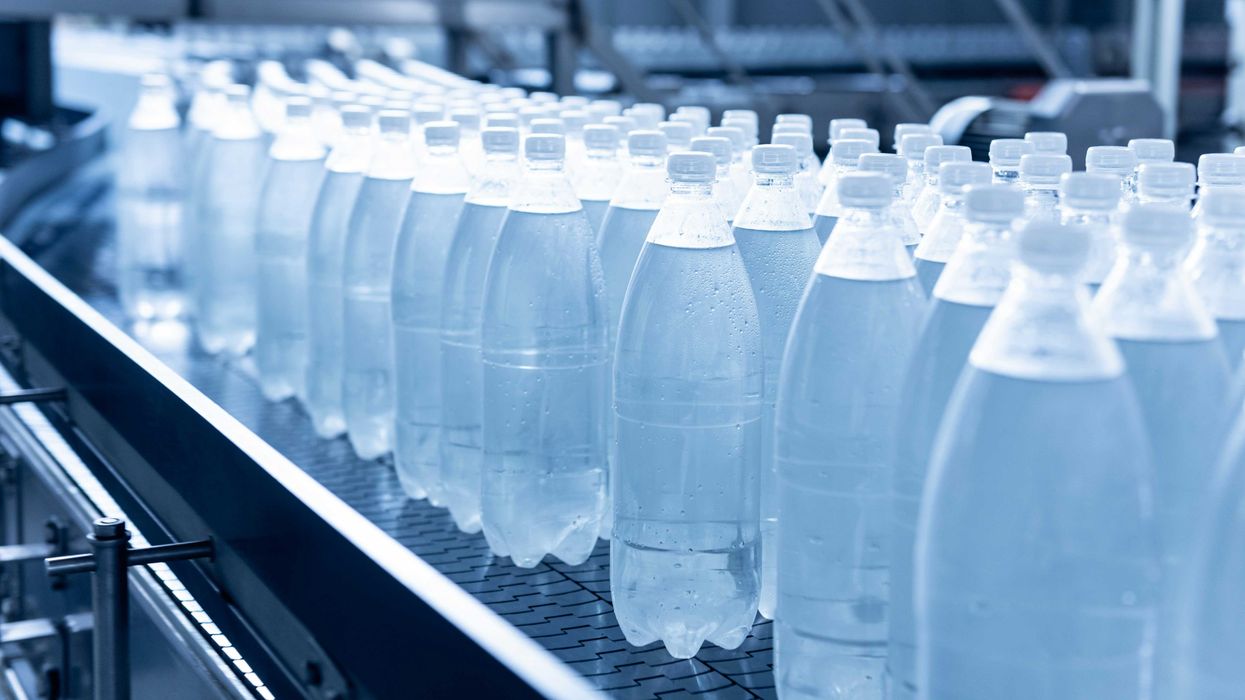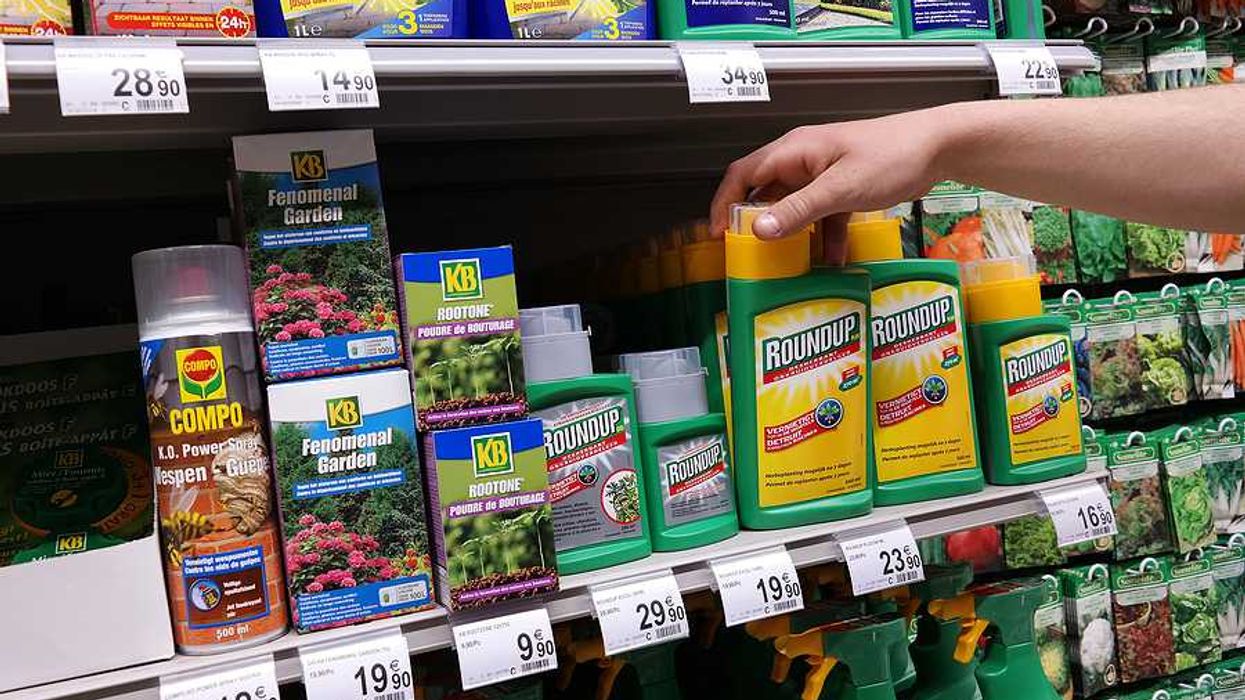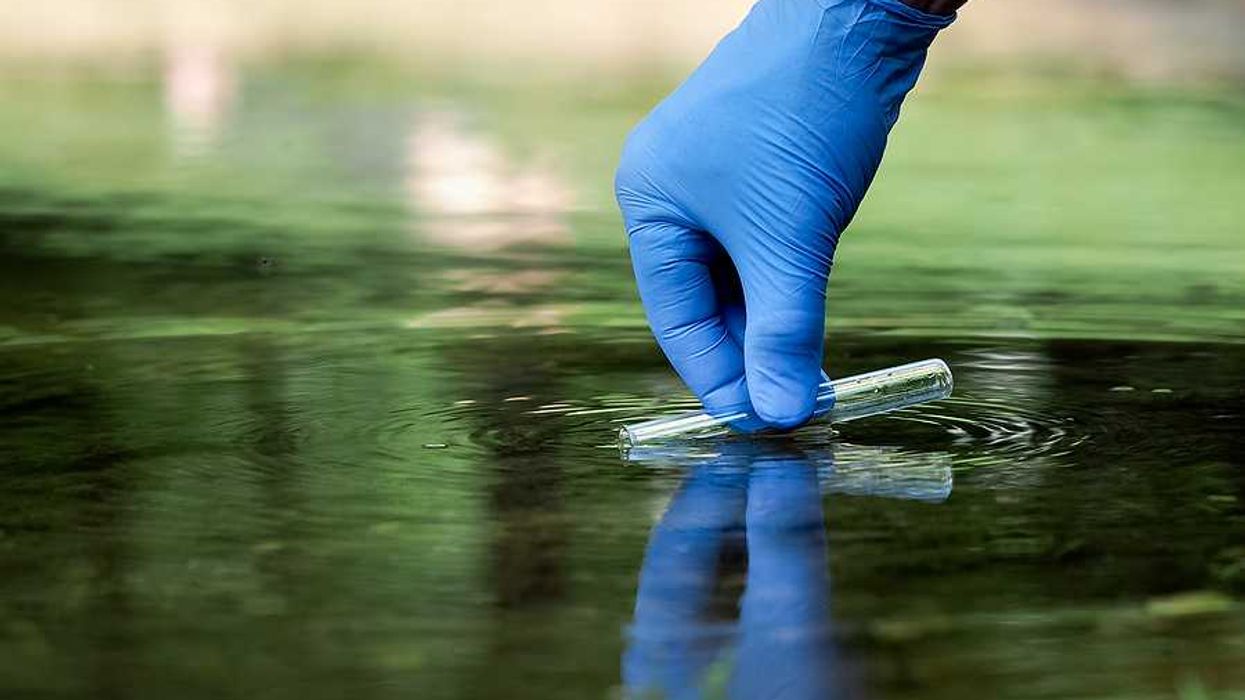Editor's note: This was written in response to EHN's year end roundup of top toxics stories and is republished here with permission.
The (re)emergence of phthalates in food is part of a growing concern about toxic chemicals that migrate into the food supply from food processing equipment and food packaging.
The New York Times exposed the issue in July, reporting on our testing that revealed widespread presence of phthalates in dairy products, with average levels in cheese powder in mac & cheese about four times higher than in natural chunk cheese.
We also found no difference in phthalate levels in certified organic brands versus conventionally sourced dairy products.
We've also publicly challenged The Kraft Heinz Company, the largest U.S. cheese manufacturer, to investigate and eliminate the sources of phthalates in their products:
Privately, we're engaged in similar dialoge with about 10 major brands, one of whom has agreed to partner with us on a source investigation with the aim of virtually eliminating phthalates in their products.
Some of our colleagues also petitioned the U.S. Food and Drug Administration (FDA) in 2016 to revoke its permission to use 28 ortho-phthalates in food contact materials. (Europe has already banned most uses of phthalates in food contact materials intended for fatty foods, including dairy products, and infant foods).
FDA must act on this petition or face litigation.
Related: FDA agrees to reconsider safety of ortho-phthalates
We don't believe the FDA can demonstrate with reasonable certainty that phthalates in food pose no harm as required by law, given that the Consumer Product Safety Commission and its expert panel concluded that five phthalates pose unacceptable cumulative health risks to the most exposed pregnant women and children.
Although the FDA has clear authority and a protective health standard, they lack a Congressional mandate and the political will to act. Meanwhile, 10,000 chemicals are allowed as food additives (including indirect food additives that migrate from processing equipment and packaging materials)—including many known hazardous chemicals like phthalates that were grandfathered in and/or last assessed for safety more than 30 years ago.
The federal chemical safety system for chemicals in food under the FDA is far more broken than similar systems for chemicals in consumer products under the Environmental Protection Agency and the Toxics Substances Control Act.
Given how hopeless the FDA and Trump's leadership seems to be, the action on phthalates and other chemicals in food will take place in the marketplace—in response to growing consumer concern—and in state policy making.
This is a big story that will become even more prominent in 2018 and beyond.
Mike Belliveau is the executive director of the Environmental Health Strategy Center.















